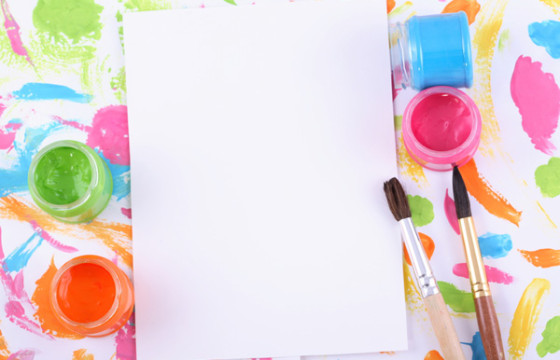Introduction To Watercolor Painting Techniques

This article will provide you with a general understanding of some of the more basic watercolor painting techniques.
Flat Wash Technique – The flat wash technique is one of the more basic and common of the various techniques. The flat wash technique is usually used when large areas of the canvas need to be covered. You will want to lay out the watercolor wash evenly and uniformly. First you will need to dampen the area of your canvas where you will be applying the watercolor wash. Make certain to have an adequate amount of water and pigment available before your start. If you should have to stop for any reason, it will be difficult to match your layers.. It is better to have more than less available. The angle at which you apply the watercolor wash is important. If the angle is too steep your wash will run down the paper. If the angle is too level, then you won’t have enough movement. Use a large brush for this technique and start your first stroke at the top of the paper. Continue applying the watercolor wash going down the paper, but alternate sides as you move down.
Glazing Technique – The glazing technique is when you apply a thin transparent color over a completed dry layer of color. This technique creates some very interesting blends of new color. You will need to use a non-staining, transparent color for this watercolor technique. You should use a soft brush and don’t apply that much pressure.
Wet In Wet Technique – Wet in wet is simply applying a wet wash over a wet surface. You start by evenly wetting the paper with a brush or spray bottle. Have a sponge handy to absorb any excess water. You want your paper to be evenly saturated. Then apply your watercolor.
Dry Brush Technique – With the dry brush technique, your paper is completely dry. You then apply a fairly dry pigment with very little water to the paper. The dry brush technique should only be used where you want to draw focus or create texture in your painting. It’s always a good idea to use various watercolor brush techniques in a single painting. This results in a more interesting painting.
Lifting Off Technique – Artists use this technique when they want to remove watercolor from a certain area of the panting. It is usually done by first wetting the area that needs to be removed with a clean sponge and then absorbing the color with a tissue. If you find that the color does not come off right away, then let the water soak in a bit longer and try again. If you still are unable to remove the color, then dampen a bristle brush and gently scrub the area. You should use extreme care with this watercolor technique, as there is a risk you can damage the paper.







